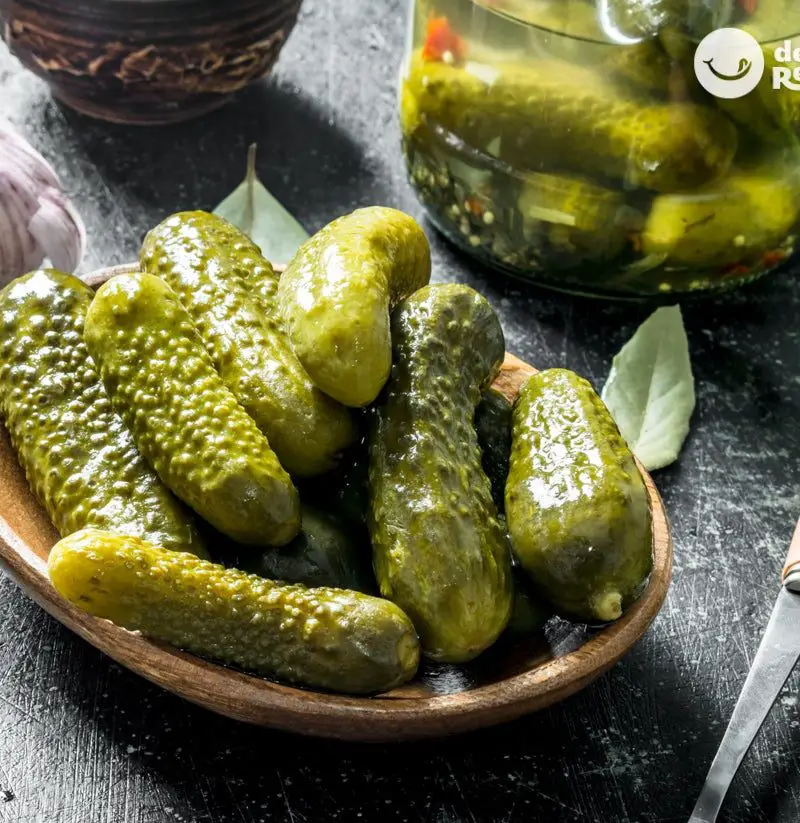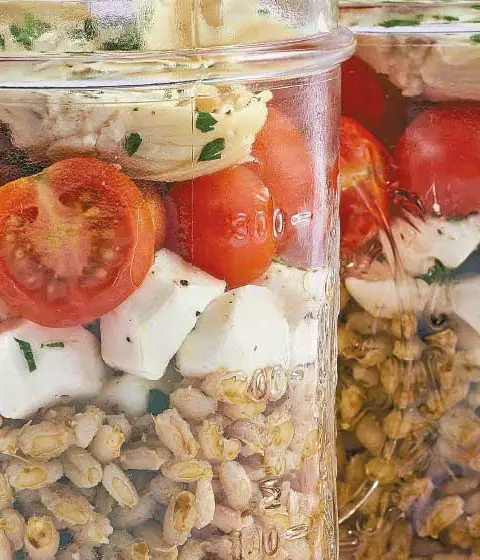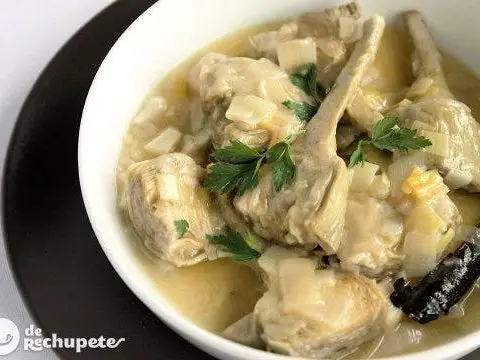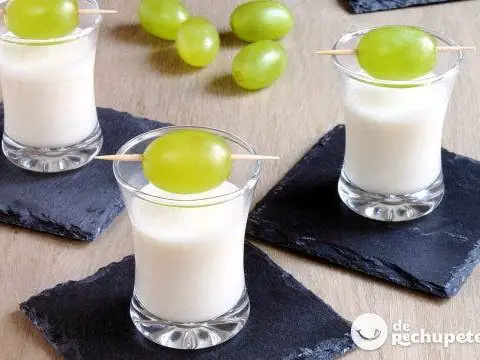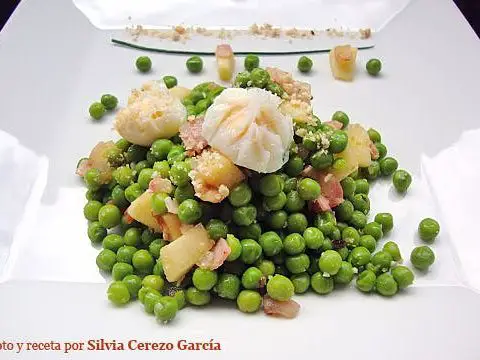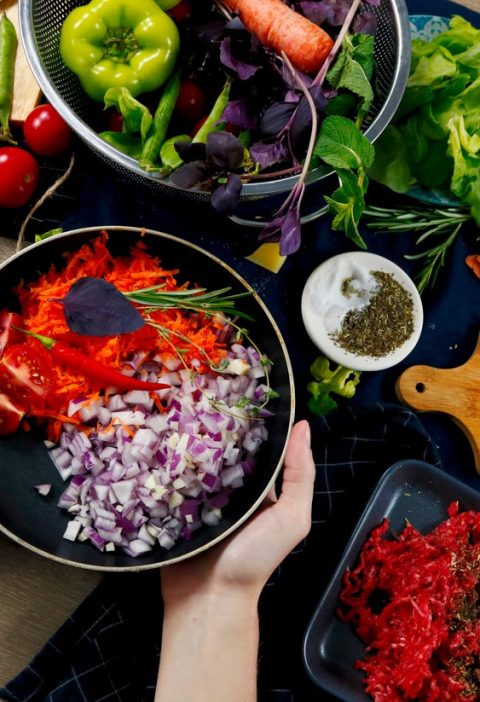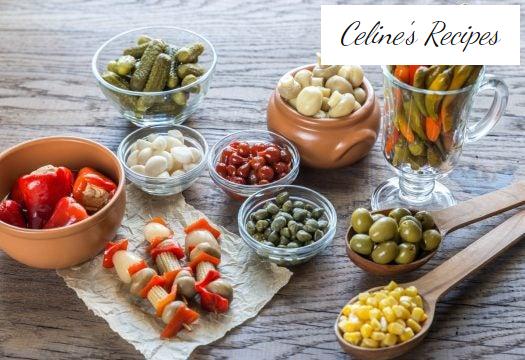
Info.
- Easy
- 15 minutes
- For 8 people
- 0.4 € / person
- 146kcal per 100g.
Pickles. Everything you need to know about them.
Pickle : 1. tr. Make certain fruits or legumes take on the flavor of the vinegar and keep them for a long time by keeping them in this liquid. (Dictionary of the Royal Academy of the Spanish Language).
If they tell me 40 years ago I don’t believe it. That there would come a time in my life when that sour taste, with a touch of spice (or that was my perception as a child), was going to be one of my favorites in my adulthood … Yes, I am talking about vinegar .
That which, in another time, avoided even throwing salads and that today is perfect with almost everything. But if we also talk about pickles … To go crazy!
Why tell me if I lie: is it the same to drink an olive (always delicious, for the record!) Than a seasoned olive? Definitely not for me. Undoubtedly, the pickle technique , which was born (thousands of years ago) with the purpose of preserving these foods for longer .
Today it is a true ally of the new kitchen. It is a contribution, of flavor and originality in many cases.
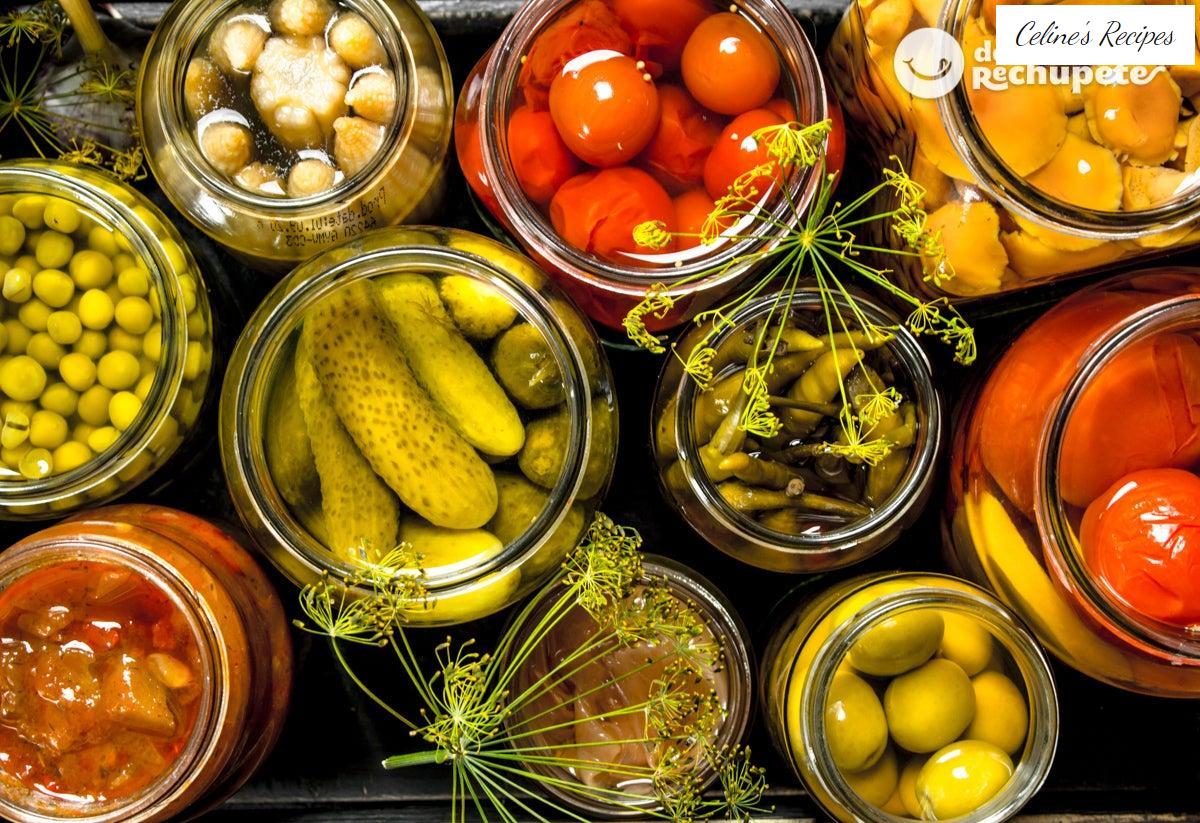
A bit of history … its origin
But, in addition to how rich the pickles are, what do you know about them? Did you know that this technique is prehistoric? According to historians, pickles are believed to have appeared more than 4,000 years ago in ancient Mesopotamia .
From there they came to China, from the hand of merchants, in the 2nd century BC. They left testimony of the benefits of the pickles characters like Aristotle (who praised its healing effects in 350 BC) or Julius Caesar (made sure that his soldiers ate them regularly because they improved their physical conditions).
Also Cleopatra (who thought, in 50 B.C. that it was a perfect concoction to improve her beauty and health) and Christopher Columbus (who in 1492 fought scurvy with them, a disease caused by vitamin C deficiency and which the crew suffered during their transoceanic voyages).
Some healing properties that have survived to this day and today it is common to see great athletes drink the juice of the pickles (known as pickle juice in English) to prevent cramps and keep their muscles in good condition in full competition. But beware, we anticipate that its taste is not at all pleasant …
Pickles in our diet
Beyond its origin and the characters that introduced (and introduce) pickles in their diet as beneficial food for health, it is convenient to know what are the properties and benefits of one of the most famous and traditional snacks in our country.
We must emphasize that the Organization of Consumers and Users recommends its consumption; also the Macrobiotic Institute of Spain.
Because pickles are a natural source of probiotics , low in calories , rich in nutrients and have a high water content . But what does all this translate to?
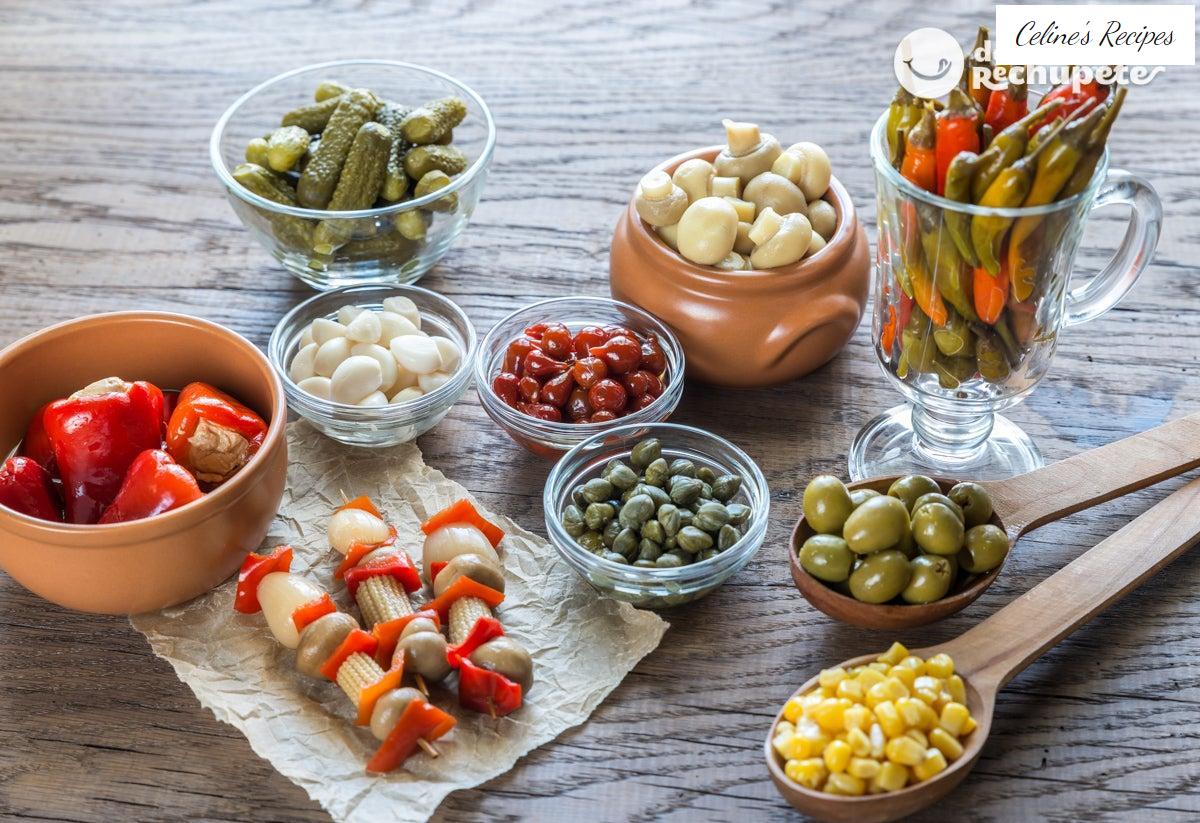
Benefits and properties that we will find in pickles
- The presence of probiotics makes pickles good allies of our intestinal flora and digestive system : they improve the immune state and our defenses and protect us from possible diseases .
- In addition to their low caloric intake , pickles have a satiating effect: they eliminate the desire to eat sweet and reduce the absorption of fats.
- Another of the powers of pickles is that they help us to digest and also eliminate gases .
- They are good friends with antibiotics. They help them attack bacteria that are harmful to our body.
- Among all the substances they contain, vitamin C stands out , which makes cells stay young and strong , the defenses more resistant and the skin more nourished and elastic.
- As if all this were not enough, they reduce the activity of certain enzymes , harmful bacteria and pathogens that put our body at risk, such as nitroreductase or glucuronidase.
Despite all these benefits, it should also be known that pickles are not without some contraindications. The most obvious is derived from its high vinegar content , which is highly corrosive to teeth and stomach walls.
On the other hand, people with hypertension should know that they have a lot of salt. This is why the World Health Organization recommends that we not exceed 5 grams of salt a day .

Types of pickles
Olives and pickles are perhaps the most famous. But there are many more legumes, fruits and vegetables that have become especially popular thanks to the technique of pickles.
A technique that, although we stood out, is led by vinegar, but to which different aromatic herbs can be added depending on the area where we are.
- Olives . In Spain we are the kings of olives (seasoned or not), but we can also find them in Greek cuisine and in some countries in the Middle East.
- Pickles . It is one of the oldest and most popular pickles in the world. It is used in various Asian cuisines, in the Middle East and throughout Europe. It is used in hamburgers and sandwiches, in salads or in tartar sauce, and, of course, as an aperitif: alone, with olives or with onions (and a good vermouth).
- Onions . It goes without saying that they are very typical in Spain, but perhaps you did not know that they are also typical in the United Kingdom. There they are known as ‘pickled onions’. They are made with varieties of onions of small size. In addition to an appetizer, they can be used as an ingredient in some stews and are also included in some sandwiches. In addition, in the United Kingdom, they can serve as a garnish to ‘fish and chips’.
- Eggplants . We should say “de Almagro”. Because there, in the Campo de Calatrava region, Ciudad Real province, is where the most famous aubergines in Spain are grown and pickled.
- Chillies . So we know them here, in Mexico they are serrano or jalapeño peppers, in Peru chili peppers. A universal product only suitable for the bravest.
- Cauliflower . In Spain it is not very common, but pickled cauliflower is traditional from Romania. In some Middle Eastern countries, it is mixed with beet and cucumber, and served as a garnish. Closer to us, in Italy, it is used to prepare ‘giardiniera’, which also includes onion, carrot and celery with the same preparation.
- Carrots It is widely used in Indonesia and the Philippines. The funny thing about their seasoning there is that they use sugar and peppers and usually mix it with papaya, garlic and raisins.
- Capers . Italy and Argentina are the countries that use them the most in their cuisine.
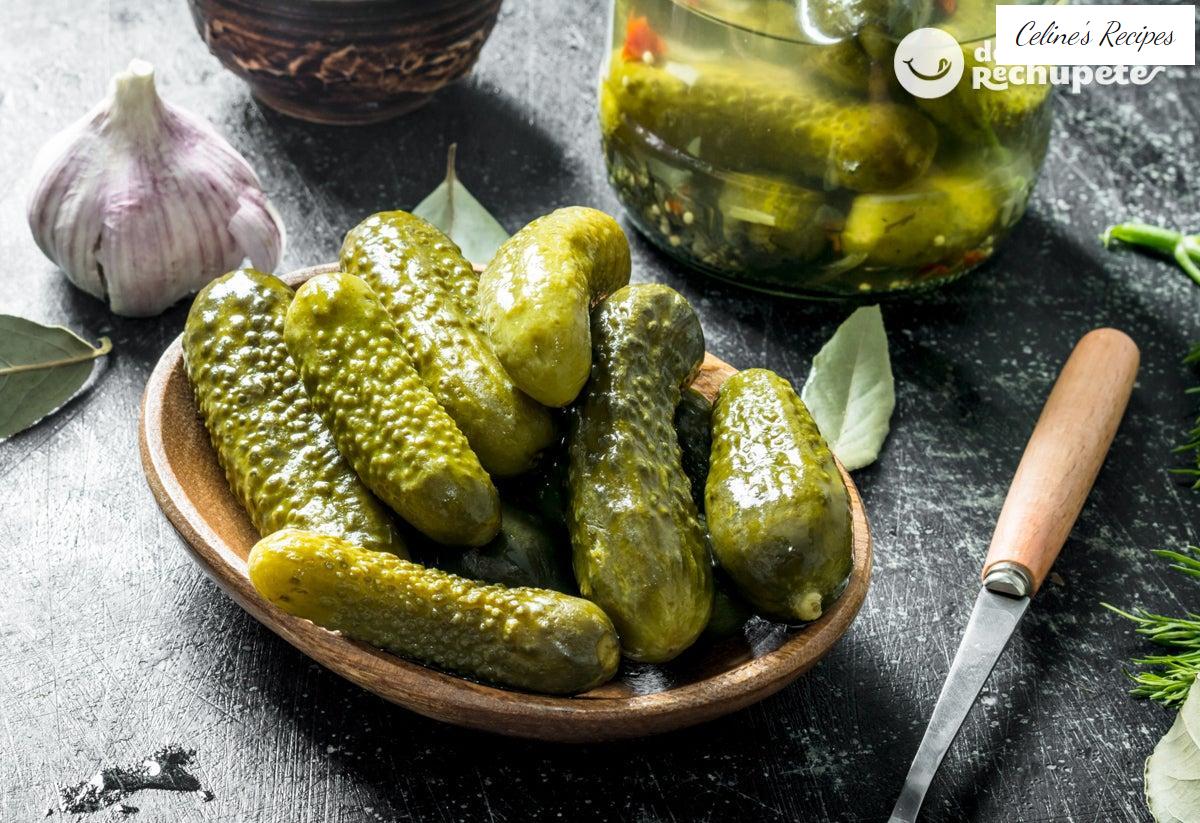
How to make a basic pickle
And after going through history, reviewing the properties and remembering some varieties of pickles, it is time to encourage you to make them yourself. Because it is very simple. You only have to choose the vegetables and vegetables that you like the most. Then follow this process:
Ingredients
- 400 ml of water
- ½ tablespoon of salt
- 200 ml of vinegar
- 2 tablespoons of sugar
- Black, red and white pepper balls
- What you are going to pickle … olives, onions, pickles, aubergines …
- We put the water, salt, vinegar and sugar in a saucepan on the fire. When it boils, blanch the raw vegetables – previously washed and cut if you have chosen larger or harder vegetables – for a few seconds.
- Immediately afterwards we immerse them in another container with cold water and ice . Thus we cut the cooking after the effect of the heat.
- Then we drain them and place them in jars.
- We add the cooking liquid to the edge , so that all the vegetables are covered. We cover the boat and let it sit for at least a day .
And now that you know the keys to the pickles, you can go from enjoying tasting them to enjoying preparing them.
